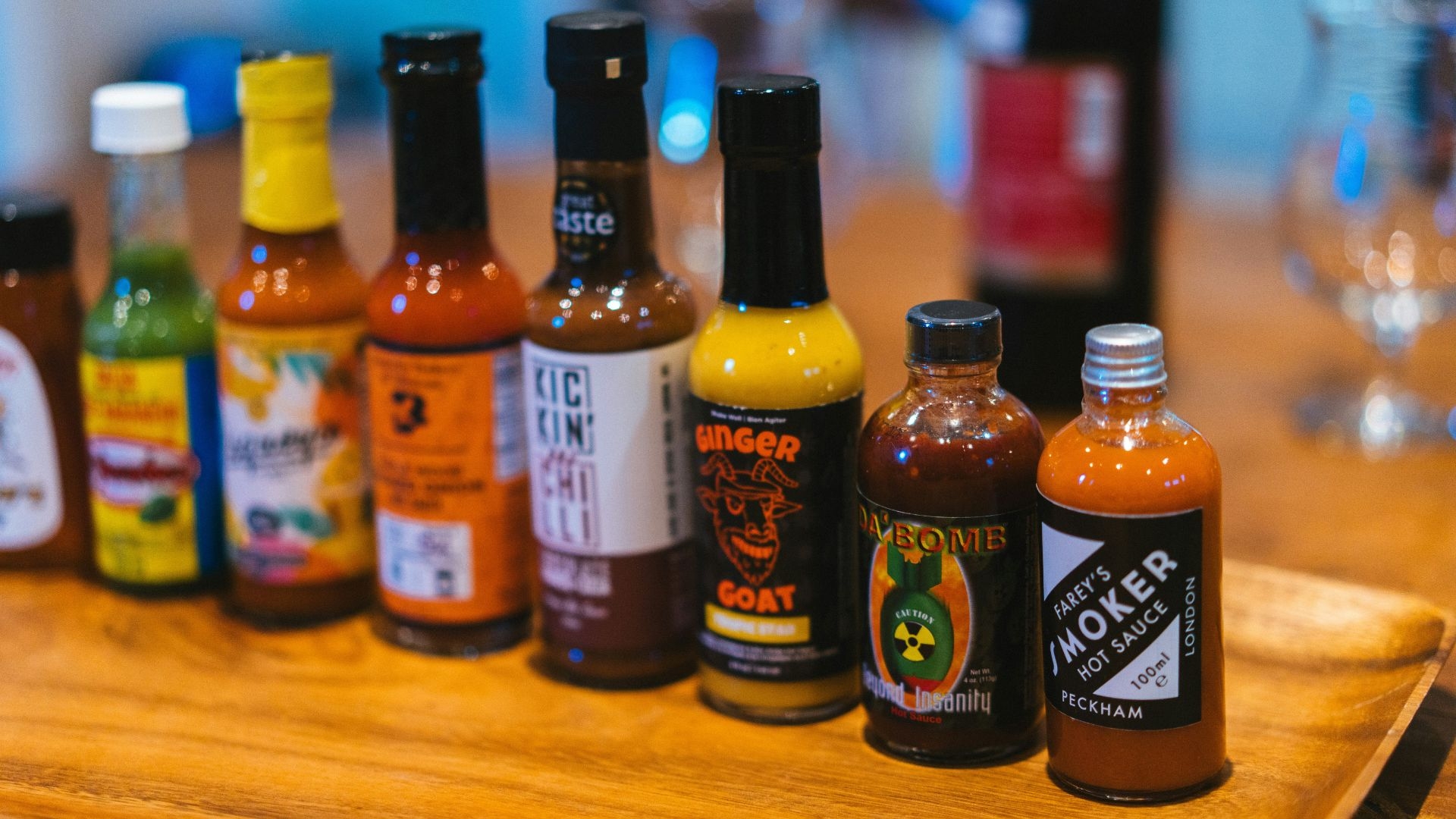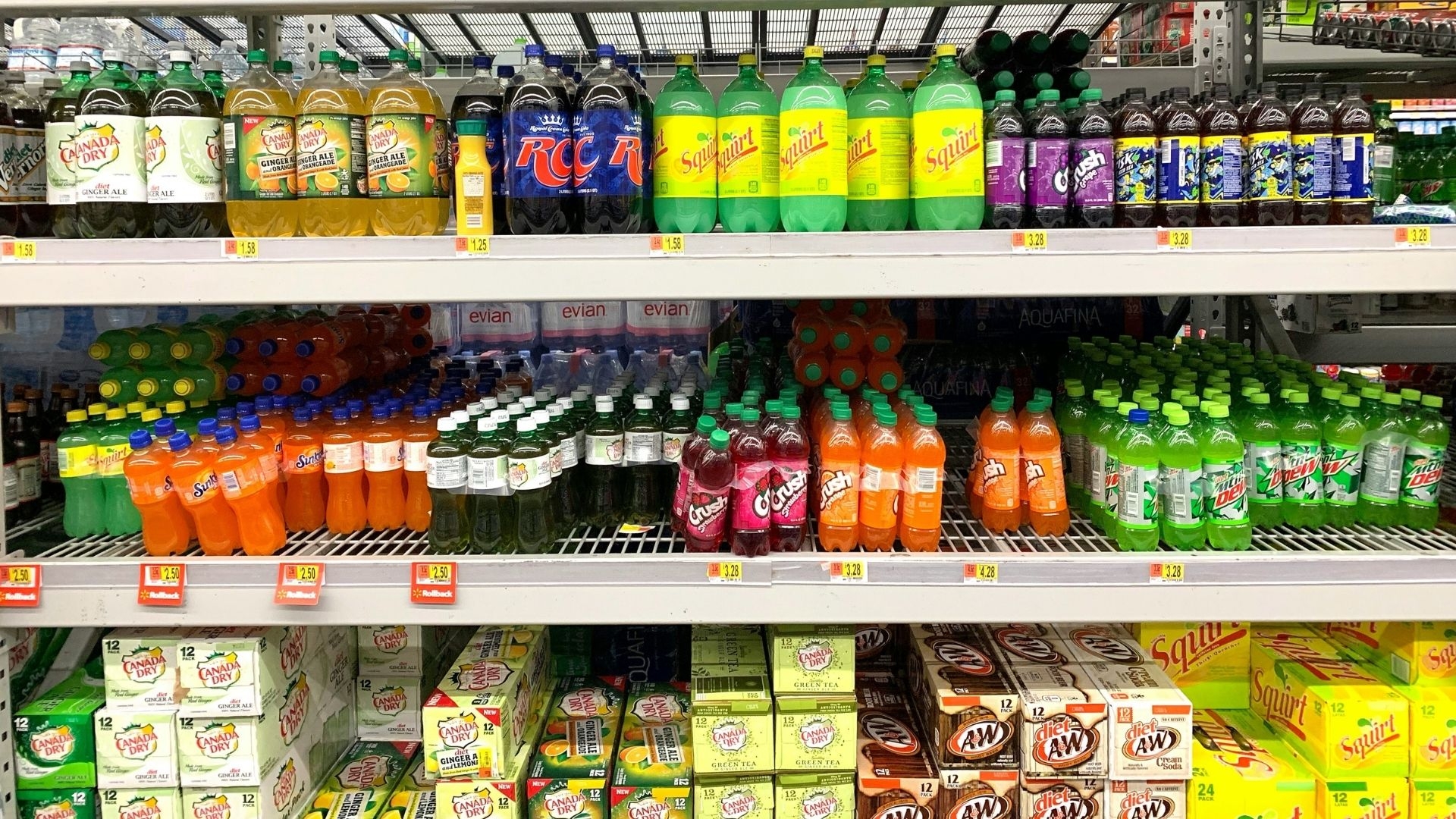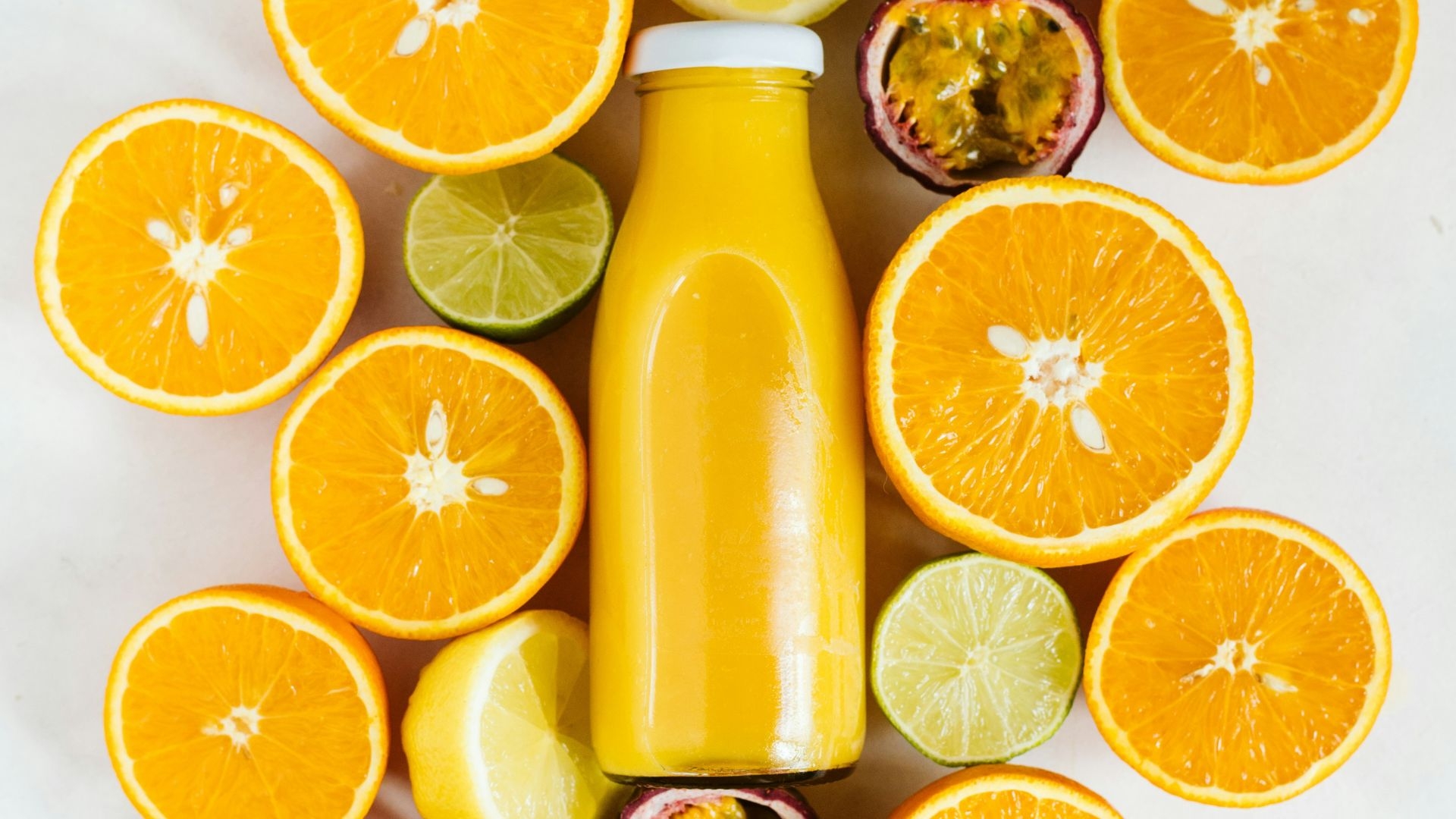A post by
Thomas Birus
Dipl.-Ing. Food Technology

Many products in the beverage sector and liquid foods in general are emulsions or suspensions, which often also have a long shelf life. For this reason, the utmost attention must be paid to microbiological safety and physical-chemical stability.
Released on 02/09/2025
A post by
Thomas Birus
Dipl.-Ing. Food Technology
An emulsion is a finely distributed mixture of two normally immiscible liquids without visible separation. Examples of emulsions are milk alternatives such as oat drinks, milk, mixed drinks, salad dressings or seasoning sauces.
Dispersion, on the other hand, is the fine division and mixing of a solid or liquid substance in a liquid that is not soluble with this substance. The distributed substance is present in the form of tiny particles (= dispersion), as in ketchup, for example.
Emulsions are classified as O/W (oil in water with a continuous aqueous phase), such as oat drinks or milk drinks, and W/O (water in oil with a continuous oil phase), such as butter or margarine.
The production of an emulsion requires not only the oil and water phases, which are not truly miscible with each other, but also an emulsifier. The emulsifier has the task of reducing the interfacial tensions between the two phases by accumulating at the interface between them.
Therefore, when producing emulsions, care must be taken to use sufficient quantities of effective emulsifiers to coat the oil droplets. The finer the distribution of oil droplets in the water phase, the larger the total surface area of the oil droplets and the more emulsifier is needed to coat these oil droplets.
Emulsifiers have a hydrophilic and a lipophilic part in their molecule. This enables them to accumulate at the interfaces between oil droplets and water and prevent the oil droplets from coalescing, for example. Lecithin is a commonly used emulsifier. Egg yolk and milk protein are primarily used as emulsifiers for acidic condiment sauces, salad creams and salad dressings. Soy proteins, glycerides and their esters are also found.
The HLB value (hydrophilic-lipophilic balance) is used to evaluate emulsifiers. This expresses the mode of action of emulsifiers in mathematical terms. The value HLB = 0 has been defined for paraffin and HLB = 20 for water. In a water-oil system, emulsifiers with an HLB value of 2 to 8 preferentially form water-in-oil emulsions (W/O type). With an HLB value of 14 to 18, oil is emulsified in water (O/W emulsion).
Consequently, knowledge of the product and its ingredients and the selection of the right emulsifier determine the required production line. This is a truly complex task that requires a great deal of experience, especially when new product creations or variants are to be developed for market launch.
Such products are usually stored for long periods of time – often already opened in the consumer's refrigerator, such as spice sauces or salad dressings. Gravity takes effect and the difference in density between oil and water becomes noticeable over time.
At the same time, food chemical changes occur, such as oxidation of flavourings and colourings (off-flavour) and auto-oxidation, especially in unsaturated fatty acids, which also lead to atypical flavours.
The components are mixed to form a coarse-dispersed raw emulsion. During the subsequent fine emulsification, e.g. with the aid of rotor-stator homogenisers, the coarse droplets are deformed in a turbulent flow as a result of pressure, tension and shear forces.
If this deformation lasts longer than the critical deformation time and exceeds a critical level, the droplets break up and are crushed. This creates a new phase boundary, which is reoccupied by adsorbing emulsifier molecules. At this stage, the newly formed droplets are susceptible to coalescence when they collide as a result of the flow caused by the emulsifying machine. Rapid occupation of the phase boundary with emulsifier molecules leads to better stabilisation of the interface.
The mechanical emulsification process can be divided into three stages. First, the components are mixed to form a coarse-dispersed raw emulsion.
This is followed by fine emulsification, in which the oil droplets of the dispersed phase are broken up and crushed by mechanical energy. The emulsion is stabilised by the emulsifiers, which prevent the oil droplets from coalescing again. To achieve this, the emulsifiers must occupy the newly formed interfaces created when the droplets are broken up quickly enough.
Industrial salad dressings are produced almost exclusively with the aid of high-speed homogenising machines, known as combinators. The two
most important types are gear ring dispersing machines and colloid mills, which are based on
the rotor-stator principle.
Colloid mills consist of a coaxial rotor-stator system, with the rotor speed ranging between 1,000 and 5,000 rpm. The conical ring gap between the rotor and the stator forms the dispersion zone. The raw emulsion is forced through the narrow gap at high pressure. The high-speed rotation of the rotor creates a high shear gradient, the force of which is greater than the strength of the oil droplets flowing with it.
The shear forces break up the oil droplets and distribute them evenly in the emulsion. The gap width is less than one millimetre, and the annular gap can be varied by axially adjusting the rotor and stator.
However, there are even more complex systems. Special properties are required for dietary supplements, sports nutrition, medicines, ointments and cosmetics. MCT oil and MCT margarine, for example, are used in dietary foods and products for artificial nutrition (enteral and parenteral). At the same time, many applications require the incorporation of vitamins, probiotics and active ingredients into the matrix.
Ralf Kettner, Senior Application Specialist at TER Ingredients, emphasises that many factors need to be considered when producing emulsions: "When developing liquid products, it is essential to know all the raw materials and their properties that influence the density and viscosity of the end product. Proteins, hydrocolloids, sugars and even fibres all seek to bind with water. This is crucial to know in order to plan the use of the right emulsifier. Well-adjusted emulsions are already very important to manufacturers during production. A liquid with a defined viscosity simplifies the parameters for the pumps, the flow in the pipe system and in the heat exchangers. It is also gentler, as the consistent density significantly reduces cavitation, thus contributing to a longer service life for the production equipment. It is also a decisive factor for accurate filling.
If an emulsion becomes unstable, this is referred to as demulsification; the emulsion ‘breaks’. The following demulsification processes lead to coalescence:
Factors influencing the stability of emulsions:
Additional interactions between emulsifiers and other components can support the emulsifying effect. Modified starch is used for this purpose. The interior of the amylose helix is hydrophobic, and the lipophilic part of an emulsifier can be incorporated into the helix (increased viscosity). The formation of the crystal modification of lipids can be specifically controlled and stabilised by emulsifiers. Proteins, in turn, bind the emulsifier to side groups depending on the pH value. This also increases viscosity.
Microbiological safety is also influenced by the quality of the fine distribution of the aqueous phase. The microorganisms are located in the aqueous phase (in the droplets). Only a few microorganisms may be present per droplet. Growth is limited by the droplet size (‘critical diameter’) at which microorganisms can no longer grow. Growth is also limited in larger droplets due to substrate limitation. According to studies, MO dies at a droplet diameter of approximately 1.3 µm.
After delivery, the tomatoes are rinsed in wash troughs to the washing and sorting line, where they are first washed with fresh water using spray equipment and then sorted. Crushing can take place at 60-70°C (= cold break) or at 90-95°C (= hot break). The latter process ensures the inactivation of pectinolytic enzymes and thus a more viscous consistency as a result of the prevented pectin degradation. However, the disadvantages of increased thermal stress must be accepted.
Seeds and skins are removed using drum sieves or centrifuges. Tomatoes are passed through a sieve. The pulp is thickened using a falling film evaporator. The temperature does not exceed 80°C, which is why evaporation takes place in a vacuum.
Tomato ketchup contains ingredients such as sugar and sugar types, salt, vinegar and spices in addition to simply concentrated tomato pulp. According to the ‘Guideline for the Assessment of Tomato Ketchup’, the dry tomato content must be at least 7%. Lower quality products with less tomato solids (‘spice ketchups’) also contain water and thickening agents (modified starch, xanthan gum, etc.).
An important step in the process is mixing and homogenisation for fine distribution. The product is then bottled hot or cold sterilised.
Ketchup is a structurally viscous liquid whose viscosity decreases as the shear force increases (thixotropic behaviour). For this reason, the bottle should be shaken while still closed and, after opening, the ketchup should be carefully poured out at a 45° angle.
‘Through the use and correct application of the right emulsifiers,’ says Ralf Kettner, ‘consumers will find suspended herbs in salad dressings, colourful and stable milk drinks, evenly distributed beads in bubble teas and optimally mixed spices and herbs in seasoning sauces and dips in glass bottles on supermarket shelves, which already entice them to buy because of their attractive appearance.’
Machine translated

Product safety
A post by Thomas Birus
Read more

Product safety
A post by Thomas Birus
Read more

Water treatment
A post by Susanne Blüml
Read more

drinktec key topic
A post by Susanne Blüml
Read more